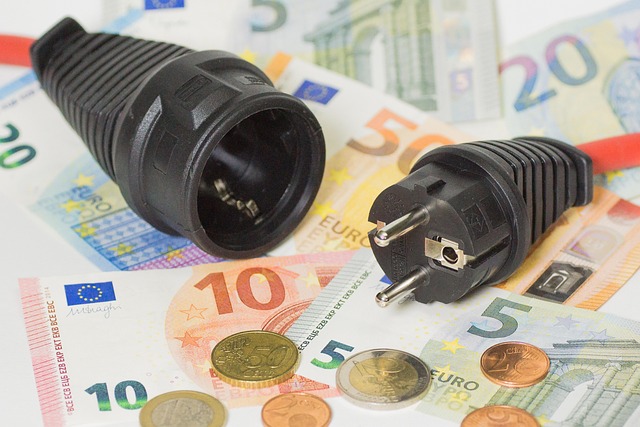Understanding the Power of Dividend Reinvesting
Dividend reinvestment has been a popular investment strategy for decades but gets comparatively less attention in popular finance discourse. The idea is simple: when a company issues a dividend, instead of taking the cash, you reinvest it back into the company by purchasing more shares. Let's delve into the history, benefits, risks, and practical applications of this strategy.

The History and Development of Dividend Reinvesting
The concept of dividend reinvestment dates back to the early 20th century. It became more popular in the 1950s when companies started offering dividend reinvestment plans (DRIPs). These plans allowed shareholders to automatically reinvest their dividends into additional shares. In the 1980s and 1990s, DRIPs gained further momentum as companies began offering them directly to the public, bypassing brokers and their associated fees.
Current Market Trends and Expert Insights
In today’s market, many investors are reevaluating the power of dividend reinvestment. With interest rates at historic lows, bonds and other traditional income investments are producing meager returns. At the same time, many companies have maintained or even increased their dividend payouts, making dividend reinvestment an attractive strategy in the current financial climate.
Impact, Benefits, and Risks of Dividend Reinvesting
Dividend reinvestment harnesses the power of compound interest, allowing investors to grow their investment exponentially over time. It also enables investors to purchase additional shares without incurring transaction fees. However, there are also risks. Investing in dividend-paying companies is not without risk, as dividends can be cut or eliminated in tough economic times. Furthermore, by reinvesting dividends, investors increase their stake in a single company, which can increase portfolio risk if not managed properly.
Practical Financial Tips
-
Consider your investment goals: If you’re looking for income now, taking cash dividends may be the right move. If you’re investing for the long term, reinvesting dividends could help grow your investment faster.
-
Diversification is key: Make sure to balance your investments in dividend-paying stocks with other types of investments to mitigate risk.
-
Reassess regularly: Market conditions change, and so should your investment strategy. Periodically reassess your approach to dividend reinvestment to ensure it aligns with current market conditions.
Real-World Applications of Dividend Reinvesting
Many everyday investors use dividend reinvestment as part of their retirement planning strategy. For instance, an investor could purchase shares in a company with a strong history of dividend payouts, then reinvest those dividends to accumulate more shares over time. By the time retirement rolls around, the investor could have a substantial stock holding generating a steady stream of income.
In conclusion, while dividend reinvestment may not be the most glamorous investment strategy, it can be a powerful tool for long-term wealth creation. By understanding the history, benefits, risks, and applications of this strategy, investors can make informed decisions on whether to incorporate dividend reinvestment into their financial plan.






